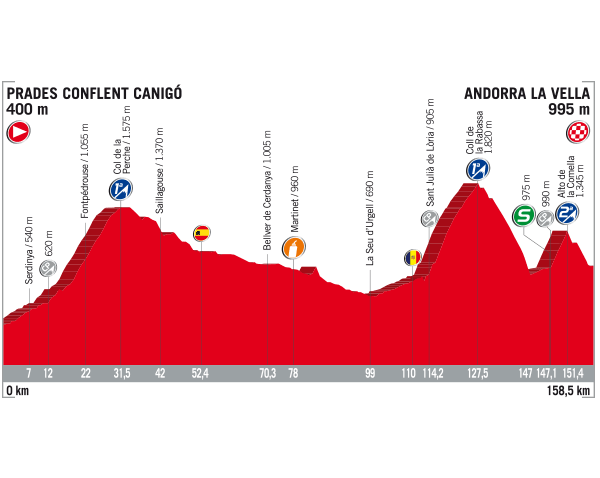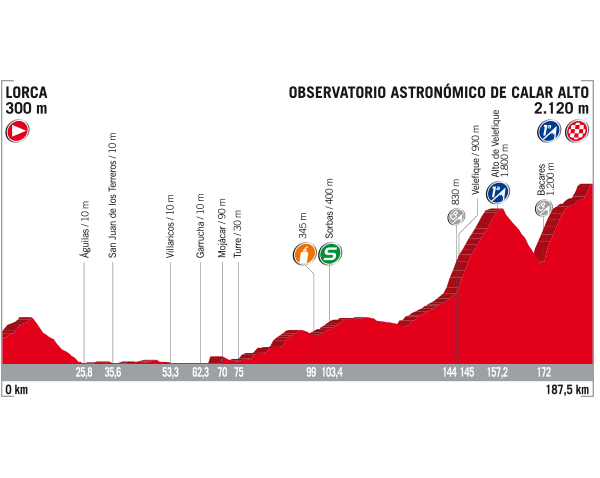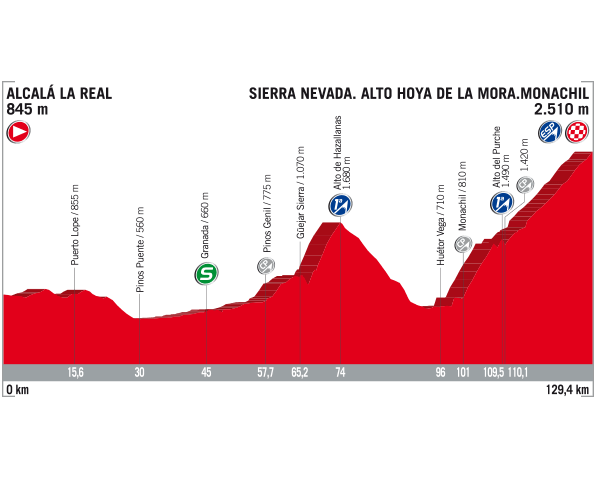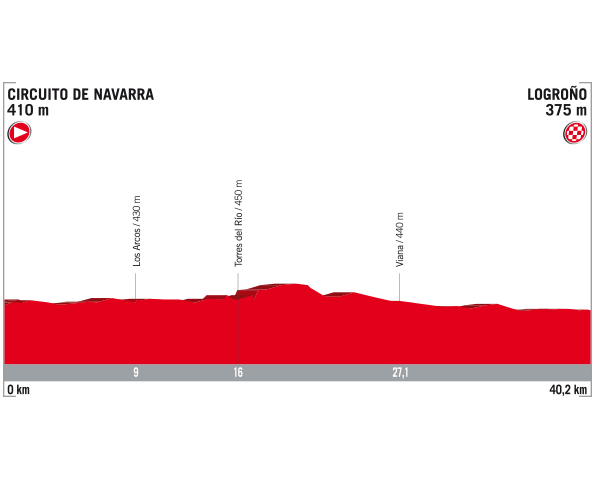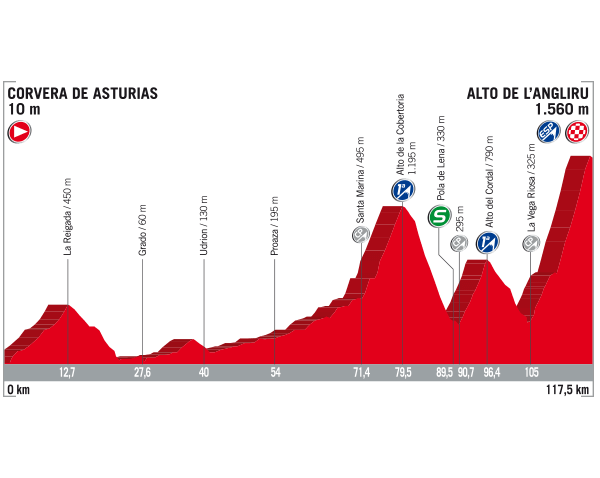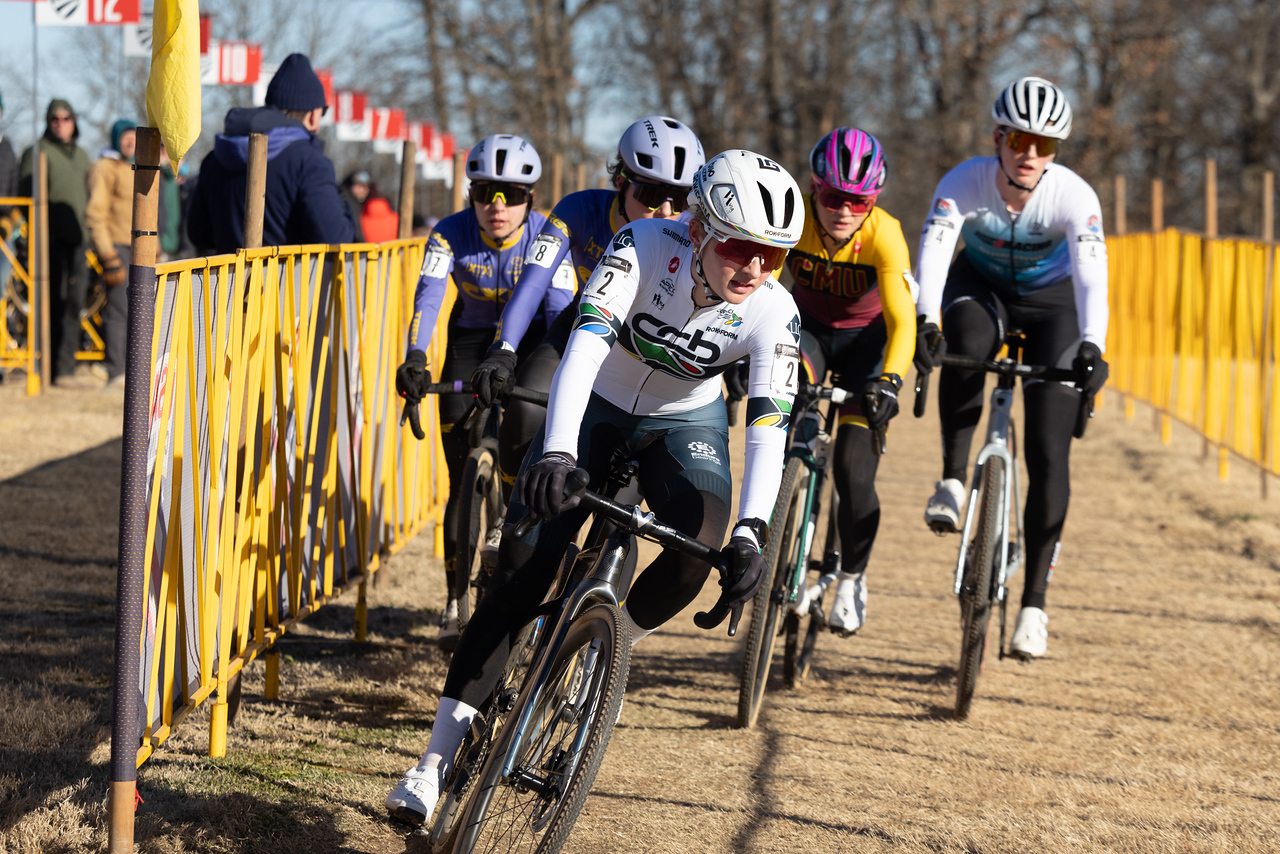Vuelta a Espana 2017: 5 key stages
Pyrenees an early test, Angliru to provide dramatic denouement
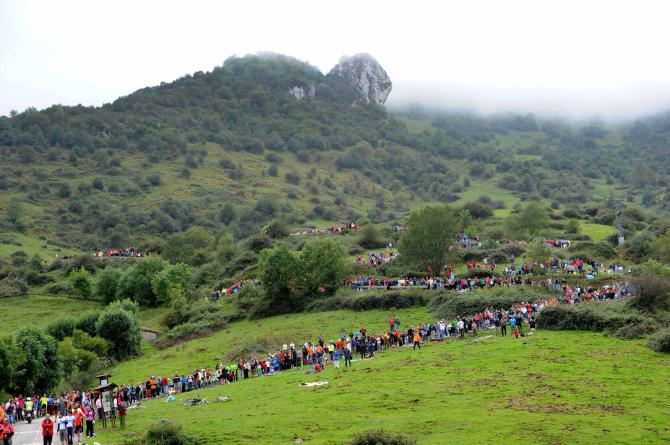
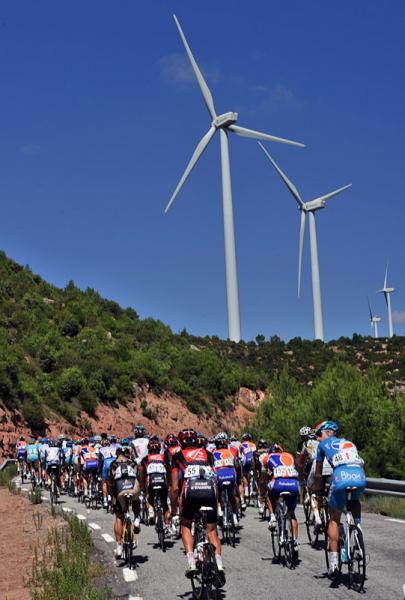
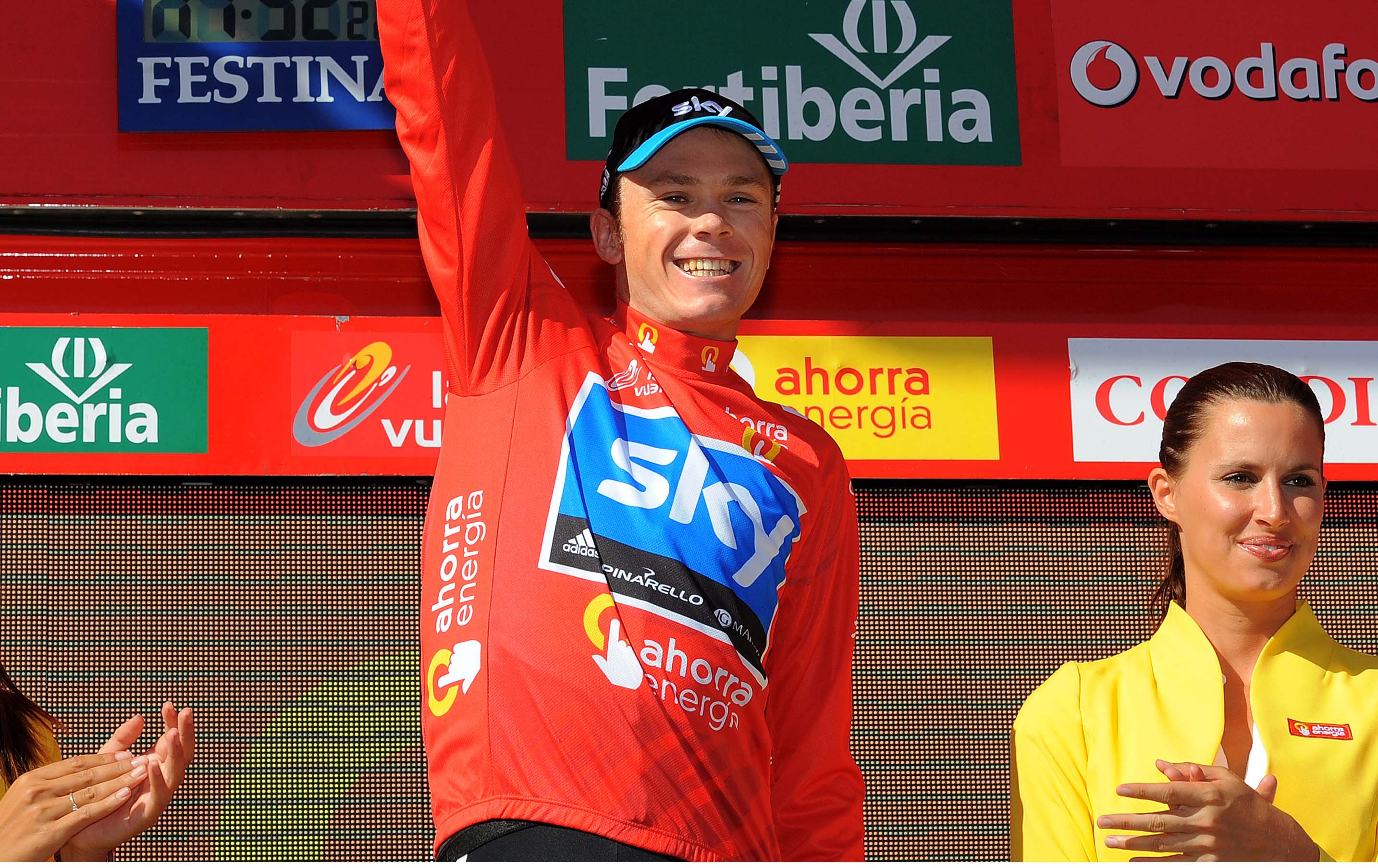
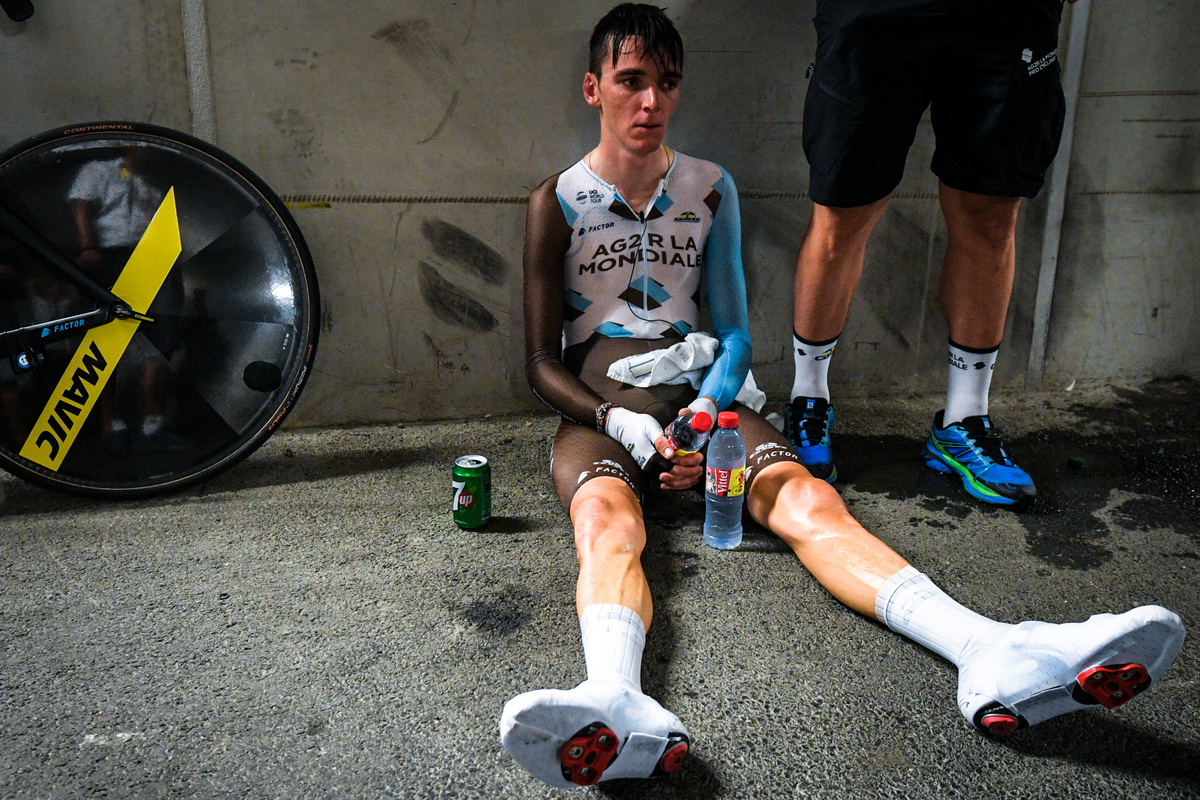
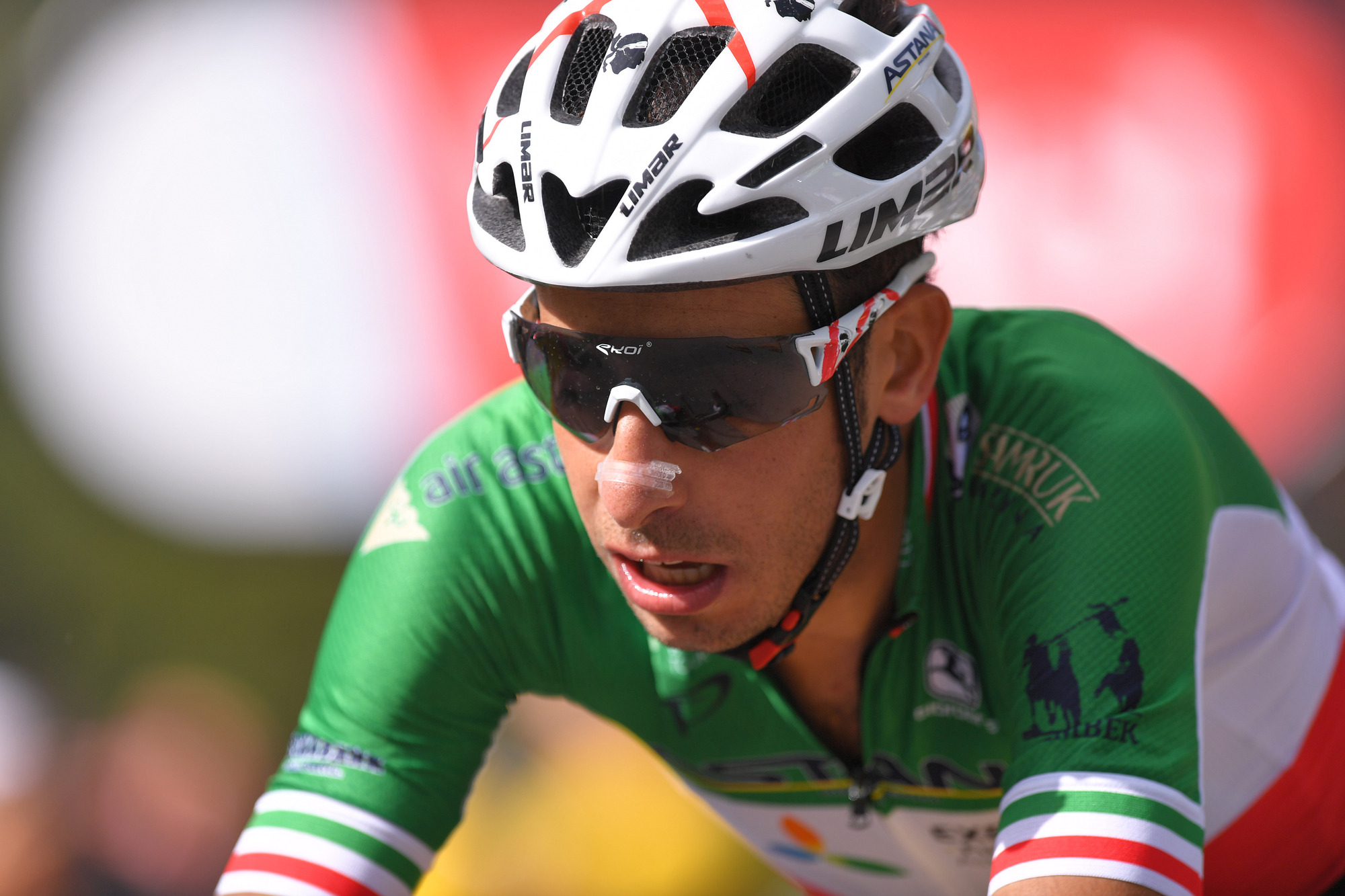
The Vuelta a Espana closes the Grand Tour calendar in the only way it knows how, with brutal mountain stages. Beginning, for only the third time in the race's history, outside of Spain in the French city of Nimes, the race will bring the riders through the Pyrenees in the opening days, setting the tone for what is to come.
Defending champion Nairo Quintana (Movistar) is resting up after a packed season of racing, but Chris Froome (Team Sky), Alberto Contador (Trek-Segafredo), Vincenzo Nibali (Bahrain-Merida), Romain Bardet (AG2R La Mondiale) and Fabio Aru (Astana) are just a few names that will be on the start line this Saturday. Cyclingnews has selected five stages that could prove crucial in their fight for the red jersey.
Stage 3: Prades Conflent Canigó – Andorra la Vella (158.5km)
On paper there are stages that appear more obviously decisive, but what makes this one interesting is its position in the race. It's rare for a Grand Tour to tackle proper mountains as early as day three, but the foreign start in southern France makes it hard to omit the Pyrenees on the way to Spanish soil.
This one finishes in Andorra, and while the volume of climbing – more than 2,000 metres – will be a jolt so early in the three weeks, the first major climb, the first-category Col de la Perche, will itself be a jolt so early in the stage, with the road heading uphill pretty much from kilometre zero. It should make for an entertaining start to the day, even if the subsequent long and gently downhill section will mean any movement from the general classification contenders will be saved for later.
And some might just be tempted to strike out here, even if it is early and somewhat risky to show your hand. The Col de la Rabassa is over 13km long at nearly 7 per cent, and it's followed by a descent and then the short but sharp second-category Alto de la Comella. It will be pretty hard to rectify any damage done there on the fast downhill run to the line.
In Madrid we probably won't look back and say this is where the Vuelta was won, but it's not too much of a stretch to suggest this is where it could be lost. In any case, it's an early tone-setter in the tussle for the red jersey.
Stage 11: Lorca – Calar Alto (187.5km)
The Vuelta's first week is replete with the sort of short but very steep late climbs that have become the defining aspect of the race's modern-day identity. Cumbre del Sol, Xorret de Catí, and Alcossebre will all provide opportunities to test the waters and score some early points, but it's not until the second rest day is out of the way that the general classification should begin to take a reliable shape.
The latest race content, interviews, features, reviews and expert buying guides, direct to your inbox!
Stage 10 throws up an opportunity in the form of a late first-category climb and a descent to the finish, but it is stage 11 that's arguably the first majorly decisive day of the race.
The parcours is pretty benign for the best part of 130km – though the wind could be a factor in the Habernas desert – but rises from 400 metres to 2120m by way of 50 kilometres and two first-category climbs. The observatory at Calar Alto is at more than 2,000 metres above sea level, and it's sure to be hot. This stage could do some real damage, and by the end of it we'll have a good idea of the pecking order.
Stage 15: Alcalá la Real – Sierra Nevada-Alto Hoya de la Mora (129.4km)
The second instalment in a two-parter in the mountains of southern Spain, this is a beast, in a number of ways. Firstly, there's the volume of climbing, with 45 kilometres of first-category or above ascending – the most of any stage in this year's race. Secondly, there's the altitude, with the stage finishing at the Alto Hoya de la Mora at 2,510 metres – the highest point of the race, and in the same bracket as the Giro's Stelvio and the Tour's Galibier.
Thirdly, this up there with the longest summit finishes ever seen in a cycling race. According to the official roadbook, the road to the top is made up of two separate ascents, the first an 8.5km first-category hike to the Alto del Purche, and the second a 19.3km climb to the Hoya de la Mora. However, they are separated by scarcely 600 metres of downhill, so essentially it can be considered one 28km final climb.
There's also the small matter of the Hazallanas half-way through. Rising from Granada, it's a really tough ascent once past the village of Guejar Sierra, and then only a tricky descent lies before the final climb.
The Pandera summit finish on the previous day might be steeper, but the overall contenders might keep their powder relatively dry, with the difficulty of this stage, along with the looming rest day, in mind. In any case, the accumulation of two high mountain stages, coupled with the gasping altitude and sweltering heat, make it a key juncture in the course of this year's Vuelta.
Stage 16: Circuito de Navarra – Logroño (ITT - 40.2km)
While the mountains and steep climbs that have come to characterise the Vuelta abound throughout the race, this individual time trial is a real focal point and arguably more important than any of the summit finishes. Long, at a shade over 40 kilometres, largely flat, and exposed in the wine-making region of La Rioja, it's sure to produce significant time gaps between the overall contenders.
Froome might expect to put at least a minute into his rivals here, and more like two into the weaker time triallists such as Bardet, Aru, and all three of Orica's GC riders. As a guide, the Sky rider put 1:57 into Alberto Contador and 2:16 into Nairo Quintana on the 37km stage 19 time trial last year, while Fabio Aru shipped 1:53 to Tom Dumoulin in the 38.7km Burgos time trial in 2015.
It's also worth pointing out the time trial's position in the race, straight after two brutal mountain stages and a rest day that will see the race transfer from the south of Spain to the north. It's a day where plenty can go wrong.
It's a stage that has the potential to be the most decisive of the whole race, but what's certain is that it will redress the balance of the general classification, and tee things up for the direct combat of the final week.
Stage 20: Corvera de Asturias – Alto de l'Angliru (117.5km)
The 'queen stage' moniker is becoming increasingly vague in pro cycling, but few would look beyond this as the showpiece of the 2017 Vuelta. Coming on the penultimate day, the Vuelta's most famous – and feared – climb will decide once and for all the outcome of the 2017 edition.
The Angliru's stats – 12.5km long at an average gradient of 10 per cent but with pitches of over 20 – speak for themselves but since its debut in 1999, the Asturian climb has acquired a mysticism and notoriety that go beyond the mere numbers.
'Inhumane', 'a brutality', and 'impossible' are just some of the terms that have been used to describe the Angliru. “What do they want, blood?” Kelme director Vicente Belda once famously cried. In 2002 David Millar climbed off his bike a metre short of the finish line and laid down his race number in protest, effectively exiting the race.
The Angliru will be the final firework in a tortuous conclusion to the Vuelta. Short, at 117.5km, the penultimate stage packs two first-category climbs plus the hors-categorie Angliru into the final 50km. The Vuelta hasn't been to the Angliru since Chris Horner danced away from Vincenzo Nibali and into the mist to seal the 2013 title, and, while much will depend on the race situation, you couldn't ask for much more in setting up a spectacular climax to the three weeks.
To subscribe to the Cyclingnews video channel, click here.
Patrick is a freelance sports writer and editor. He’s an NCTJ-accredited journalist with a bachelor’s degree in modern languages (French and Spanish). Patrick worked full-time at Cyclingnews for eight years between 2015 and 2023, latterly as Deputy Editor.
